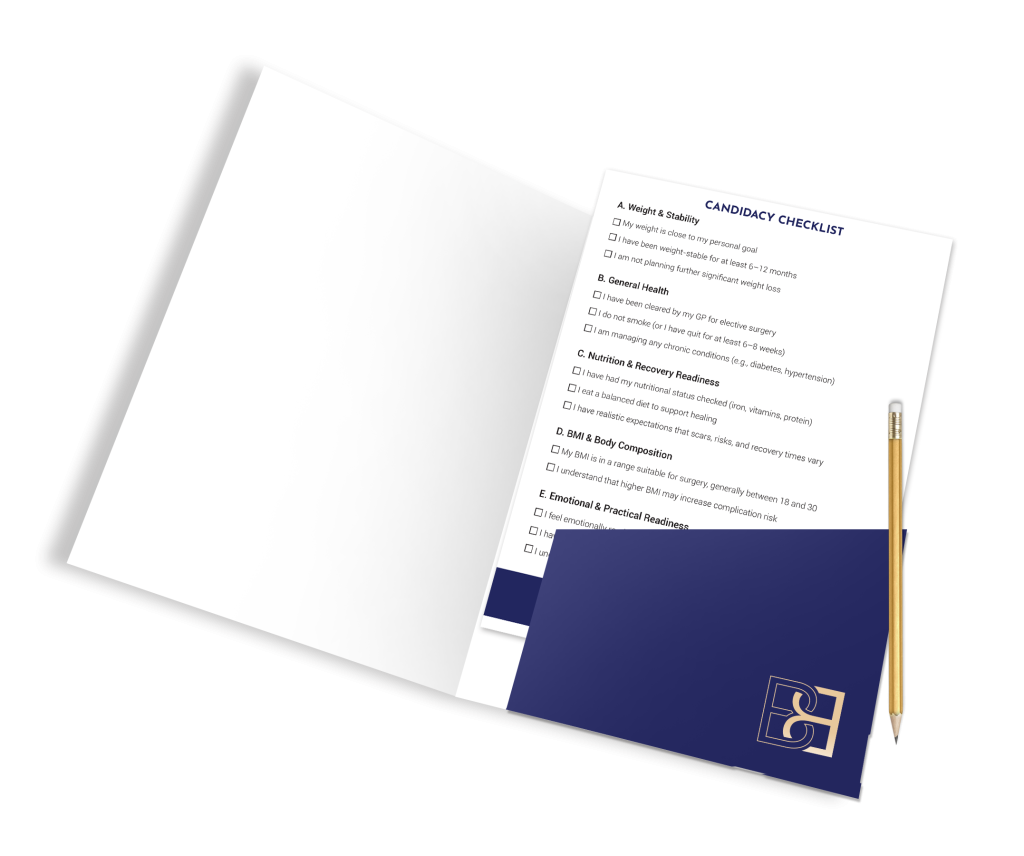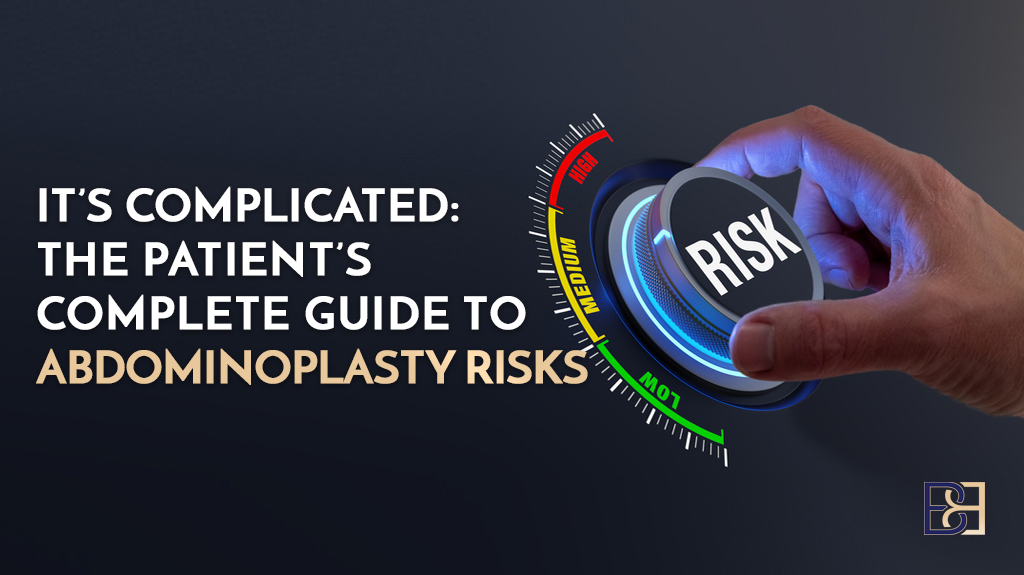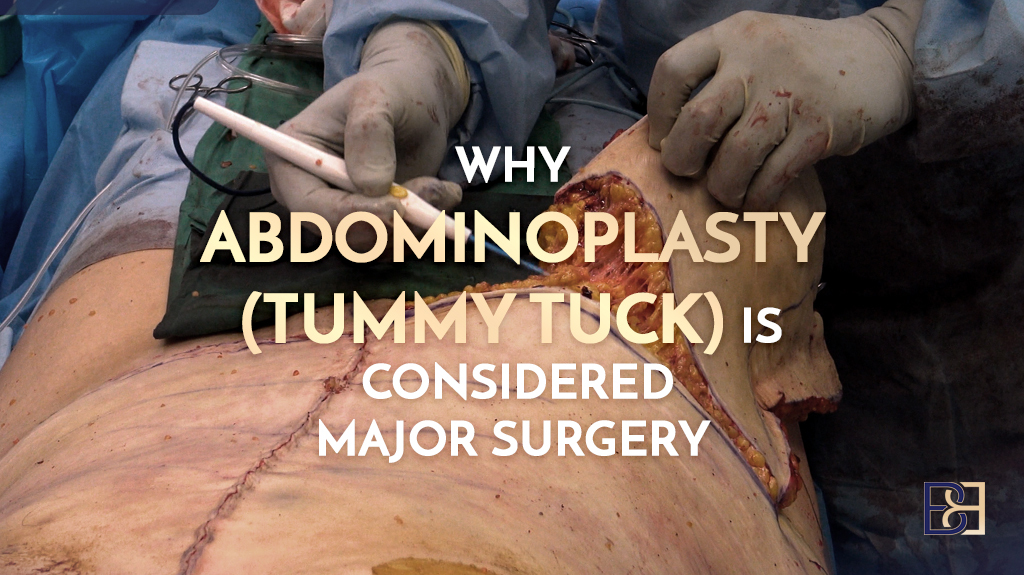A Fleur-de-Lis abdominoplasty (also known as Fleur-de-Lis tummy tuck) is a major surgical procedure performed to remove excess skin and tighten the abdominal muscles after significant weight loss. This type of body contouring surgery may be considered for patients who have experienced significant weight loss through diet, exercise, or bariatric surgery, and who present with loose skin that hangs both vertically and horizontally across the abdominal area.
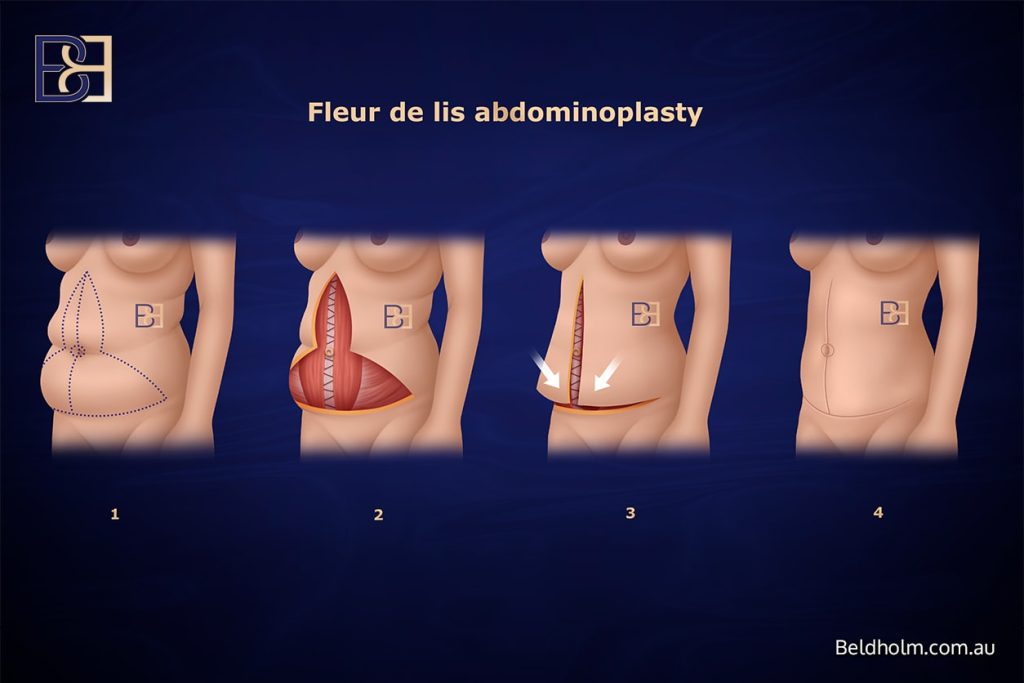
Under the care of Dr Bernard Beldholm FRACS, this surgical procedure is performed at Maitland Private Hospital, where patients benefit from 24-hour doctor cover, on-site ICU access, and a supportive recovery environment. The healing process begins the moment surgery is completed — but good preparation before surgery can support recovery outcomes.
Preparing for Recovery Before Surgery
Recovery is an important part of every Fleur-de-Lis abdominoplasty, and it actually begins well before surgery day. Patients in good general health who maintain a stable weight and follow a balanced diet tend to experience a more consistent recovery process.
The fitter you are and the better your nutrition, the better your body can heal after surgery. Light exercise helps maintain muscle tone and supports blood flow, which may aid in healing and reduce the risk of blood clots and deep vein thrombosis. Adequate protein, vitamins, and hydration all play a vital role in the healing process and tissue repair.
Avoiding smoking and limiting alcohol consumption before surgery supports proper healing. Dr Beldholm encourages patients to prepare mentally and physically for their recovery journey, as this proactive approach contributes to an optimal recovery.
Hospital Stay and Early Recovery
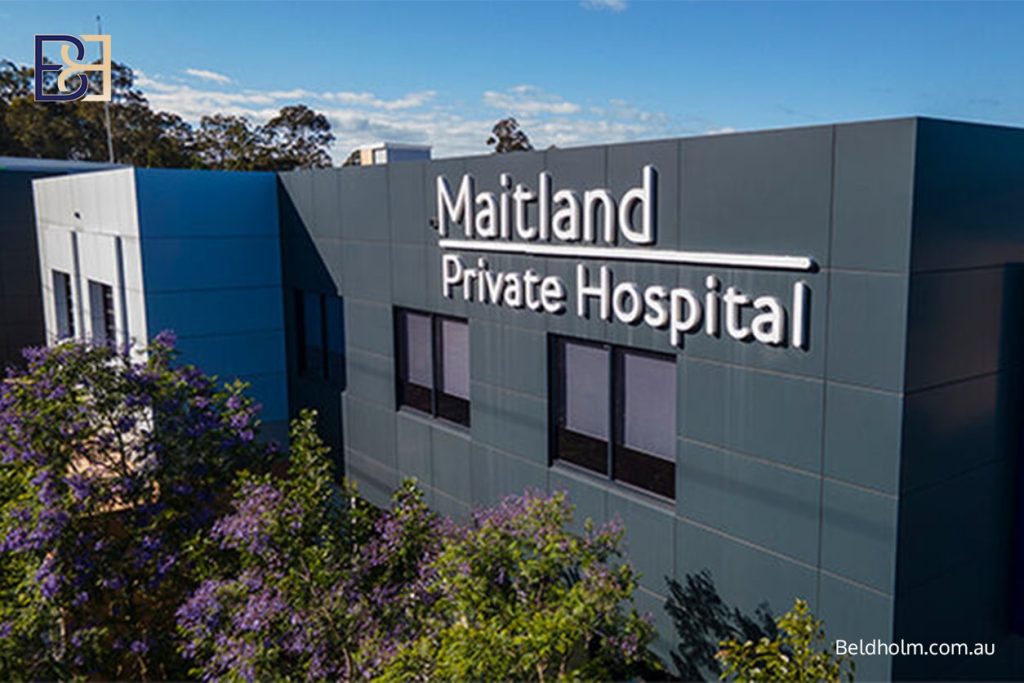
Following Fleur-de-Lis abdominoplasty, most patients stay at Maitland Private Hospital for approximately 2 to 4 days. During this time, the nursing team and Dr Beldholm provide daily monitoring and in-room visits. This phase focuses on managing swelling, pain, and early mobility.
Dr Beldholm performs daily rounds to check progress, adjust medications, and manage dressings. Patients receive prescribed pain medication to help alleviate pain and are fitted with a compression garment to reduce swelling, support the abdominal muscles, and encourage proper healing.
The initial recovery period typically involves mild to moderate discomfort, tightness across the lower abdomen, and limited mobility.
Procedures That Can Affect Recovery
The recovery period and overall experience can vary depending on whether additional procedures are performed. Liposuction (suction-assisted lipectomy) may be included treat fat deposits. This may extend the surgical procedure time and increase swelling or numbness in the flank area.
Other related procedures such as hernia repair and diastasis recti repair (tightening of the separated underlying abdominal muscles) can also lengthen the operation and recovery period. These additions are designed to treat abdominal wall strength and support function, but can contribute to more extensive skin removal and tightness during early recovery.
Post-Discharge Care and Follow-Up
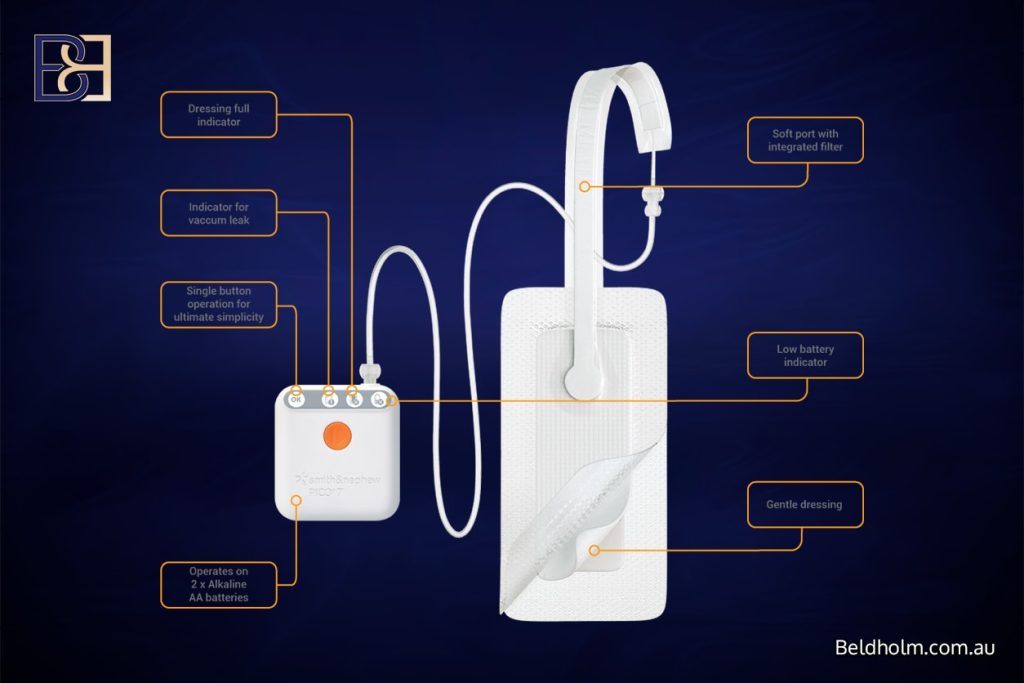
Once discharged, patients continue recovery under Dr Beldholm’s structured aftercare program. During the first two weeks, patients attend 2–3 in-room follow-up appointments each week. These appointments are important for monitoring recovery progress and may include:
- PICO dressing management during the first week to support wound healing
- Transition to Hypafix tape after Day 7
- LED light therapy to support healing and reduce inflammation
- Dressing changes and wound reviews to check for poor wound healing or irritation
This structured follow-up ensures any concerns are identified early. Patients are encouraged to contact the team if they experience unusual or severe pain, redness, or skin irritation, as early review supports outcomes.
The Recovery Process at Home

Book your appointment online now
Once patients are home, rest and gentle movement are key. Short walks around the house promote blood flow and may reduce the risk of blood clots. Patients should avoid heavy lifting or intense physical exercise for several weeks.
The compression garment should be worn continuously for the first 6 weeks to support the abdomen, reduce swelling, and minimise excess fluid build-up. This garment helps the skin adapt to the new abdominal contour created by surgery.
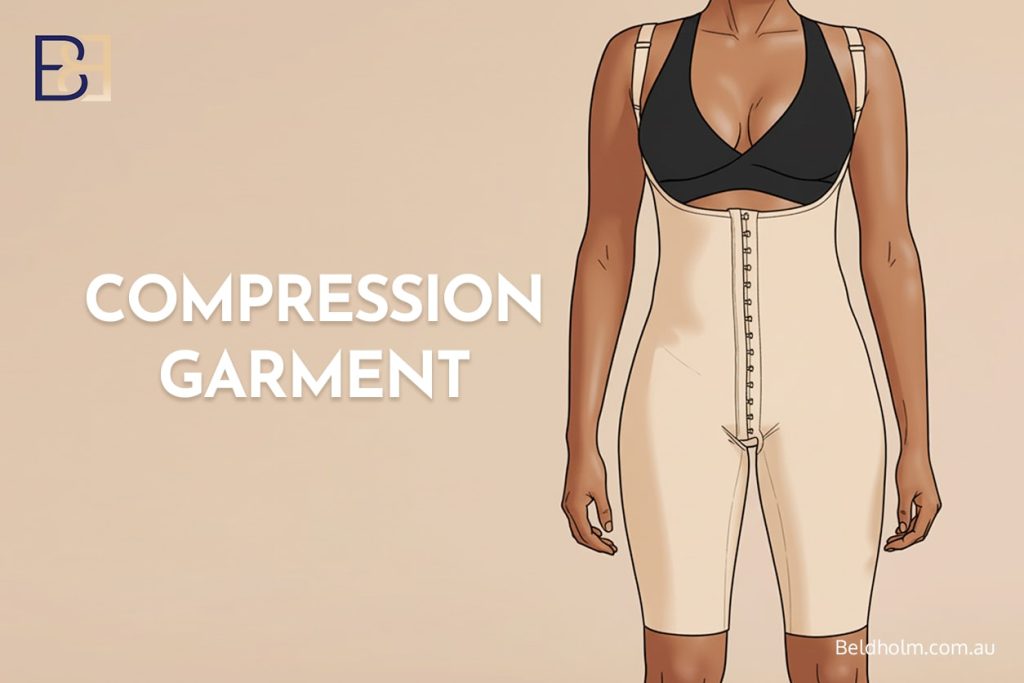
A balanced diet high in lean proteins, fresh produce, and fluids supports the healing process and contributes to a healthy lifestyle. Avoiding smoking and managing blood sugar levels, especially for diabetic patients, are crucial to achieving proper healing.

Returning to Normal Activities
The ability to return to regular activities varies. Many patients resume light duties or desk work after 2–3 weeks, depending on pain control and mobility. Driving is generally possible once pain medication is no longer required.
Patients should avoid strenuous exercise or core workouts for at least six weeks, or until cleared by Dr Beldholm. The abdominal tissues need time to settle; early strain can impact healing. Scar management techniques like silicone taping or LED therapy may begin once incisions are fully healed.
Follow-Up Schedule with Dr Beldholm

After the first two weeks, review appointments are usually scheduled at 1, 3, 6, and 12 months. These visits allow for assessment of healing, scar care advice, and long-term monitoring. Patients who live outside the Hunter Valley area are encouraged to stay locally for 7–10 days after surgery for early follow-up. Telehealth consultations are available for ongoing reviews as needed.
Potential Complications and How to Manage Them
All surgery carries risks, and Fleur-de-Lis abdominoplasty is no exception. Possible potential complications include:
- Poor wound healing
- Infection
- Excess fluid accumulation (seroma)
- Blood clots or deep vein thrombosis
- Temporary or prolonged changes in skin sensation
Dr Beldholm’s structured recovery plan supports your healing process, including LED light therapy, careful monitoring, and dressing management. Patients should seek medical advice if they experience severe pain or unusual symptoms.
Maintaining Long-Term Results
After full recovery, patients are encouraged to maintain a healthy lifestyle that supports lasting results. Stable weight maintenance, regular exercise, and balanced nutrition may help sustain the outcomes of excess skin removal and abdominal muscle tightening.
Changes in weight after surgery can influence the abdominal area. Further weight loss may lead to some return of loose skin, while weight gain can stretch the skin again.
Frequently Asked Questions
How long does it take to recover from a Fleur-de-Lis tummy tuck (Abdominoplasty)?
Most patients take about 6–8 weeks to recover. The first two weeks focus on wound care and limited activity, followed by a gradual return to normal function. Healing times vary between individuals.
What happens if you lose weight after abdominoplasty?

If you lose weight after surgery, your skin elasticity may not allow for further tightening, which can lead to some loose skin. Maintaining a stable weight before and after surgery provides the most consistent results.
What is the hardest surgery to recover from?
A Fleur-de-Lis abdominoplasty is one of the more complex body contouring surgeries due to its horizontal and vertical incisions and extensive skin removal. With appropriate care and professional follow-up, patients can support a steady recovery.
Does your metabolism change after a tummy tuck (Abdominoplasty)?
An Abdominoplasty procedure does not change metabolism directly. However, patients often find it easier to stay active after body contouring surgery, which supports a healthy lifestyle and stable weight.
Summary from Dr Bernard Beldholm FRACS

“Recovering from Fleur-de-Lis abdominoplasty after weight loss is a gradual process that begins before surgery and continues for months after. My team provides support at every stage — from preoperative preparation to LED light therapy and compression garment care. Each patient’s recovery is unique, especially when additional procedures like liposuction (Suction assisted lipectomy), hernia repair, or muscle tightening are performed. Our focus is on patient safety, medical care, and continuous support.”

